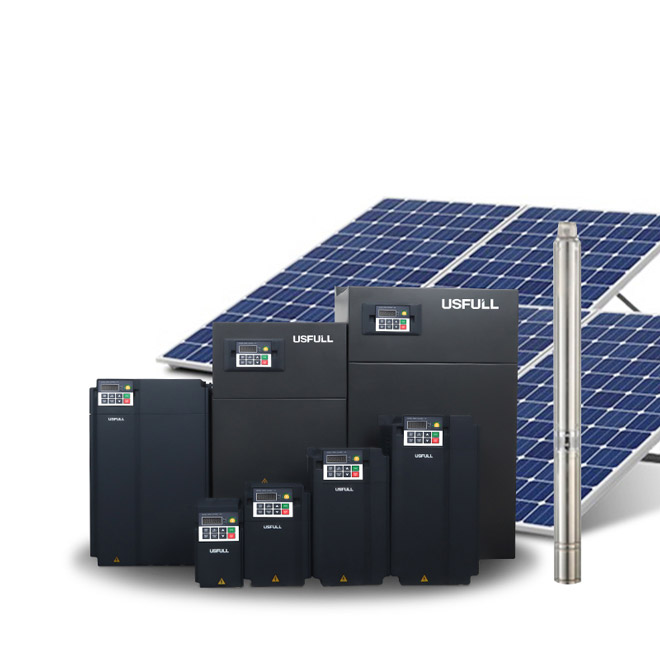Introduction
In today’s electrical control field, the frequency inverter stands as a premier product, celebrated for its role in enhancing energy efficiency and operational flexibility. However, as an integration of electrical and electronic technologies, the variable frequency drive (VFD) is not immune to wear and tear. To ensure the safe and stable operation of an inverter VFD, regular maintenance and replacement of certain internal components are necessary. Among these, the cooling fan is one key part that requires periodic replacement. Let’s explore why replacing the cooling fan is essential and what precautions should be taken during the process.

Why Should We Replace the Frequency Inverter Cooling Fan Regularly?
The power modules within a variable frequency inverter are known for generating significant heat during operation. This heat needs to be effectively dissipated to prevent overheating and potential damage. The cooling fan is tasked with maintaining the temperature balance, but it has a limited lifespan influenced by its bearings and other mechanical components. Typically, after 10,000 to 35,000 hours of operation (equivalent to about 2 to 3 years of continuous use), the fan’s bearings, rollers, and motor can experience significant wear. This wear can impair the fan’s performance, necessitating its replacement. Here’s why regular replacement is crucial:
- Heat Management: Efficient heat dissipation prevents the variable speed drivefrom overheating, which can lead to faults or failure of critical components.
- Wear and Lifespan: The fan’s lifespan is largely dependent on the durability of its bearings. Once these are worn out, the fan’s effectiveness is reduced, posing a risk to the entire inverter VFD.
- Environmental Impact: The operating environment greatly affects the fan’s lifespan. In areas with higher temperatures or more dust, the fan may degrade faster and need earlier replacement.
- Warning Signs: If unusual noises or vibrations are detected during operation, this is an indication that the fan might be failing and should be replaced promptly to avoid further damage.
What Should You Pay Attention to When Replacing the Frequency Inverter Cooling Fan?
When replacing the cooling fan in a variable frequency drive, adhering to specific precautions is vital to ensure safety and the proper function of the inverter VFD. Here are key points to consider:
- Ensure Safe Power Conditions: Always turn off the frequency inverterand wait until the voltage has dropped to a safe level before beginning any replacement work.
- Component Handling and Marking: During the disassembly process, be cautious of internal components that may be affected by the removal of the fan. Mark connections and parts as needed to facilitate accurate reassembly.
- Polarity Check: Ensure that the power supply polarity is consistent when replacing the fan to avoid electrical mishaps.
- Choose Compatible Parts: Opt for a cooling fan that matches the original brand and model specifications for seamless integration and optimal performance.
- Clean the Ventilation Path: Take the opportunity to clear any debris from the fan ducts and heat sink to improve airflow and prevent future blockages.
Conclusion
The cooling fan in a frequency inverter is essential for maintaining operational safety and efficiency. Regularly replacing this component can prevent significant issues, including overheating and downtime, and ensure the variable frequency drive continues to perform at its best. By following the outlined precautions, technicians can safely and effectively replace the cooling fan, thus supporting the long-term reliability of the inverter VFD system.



